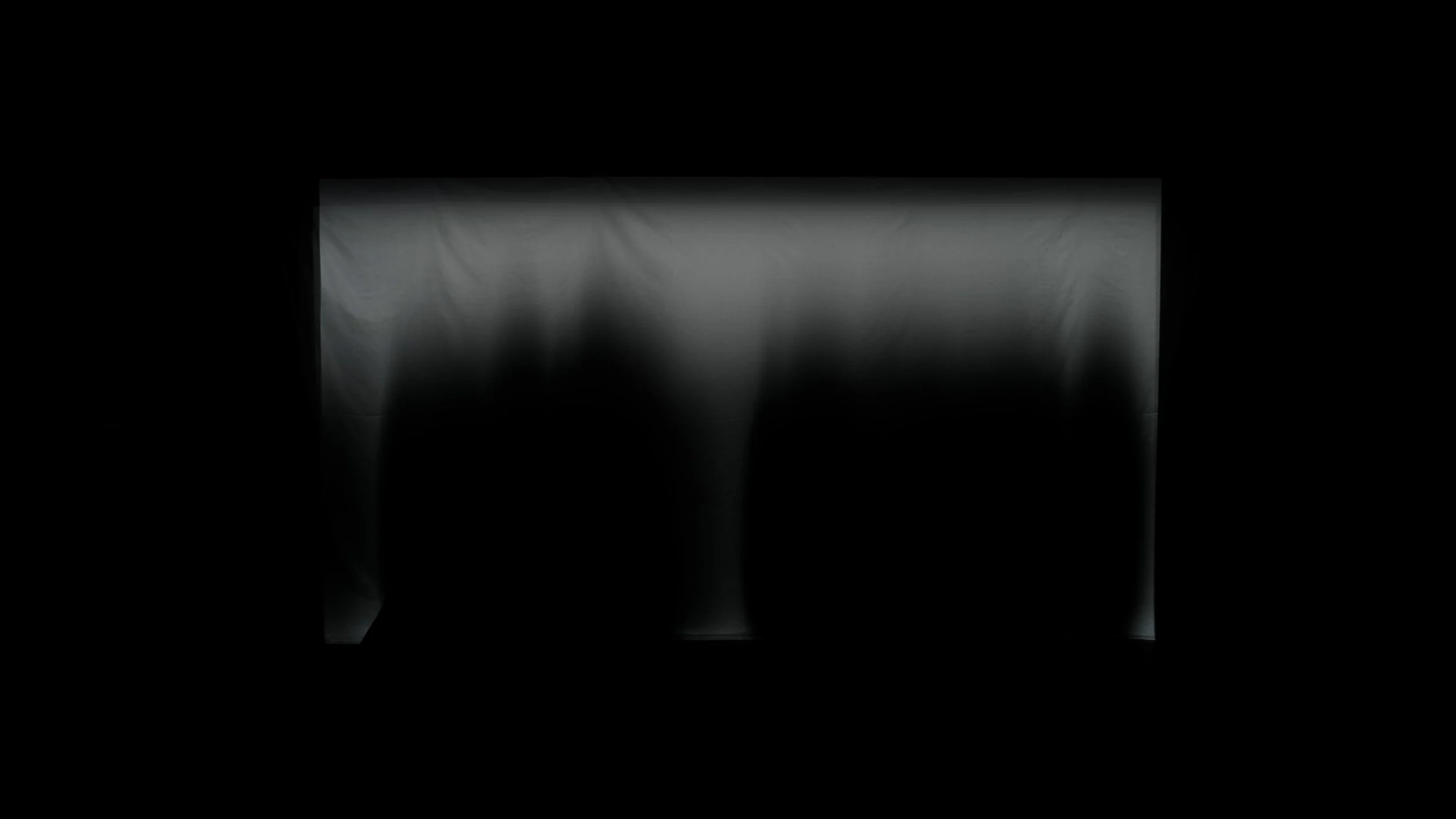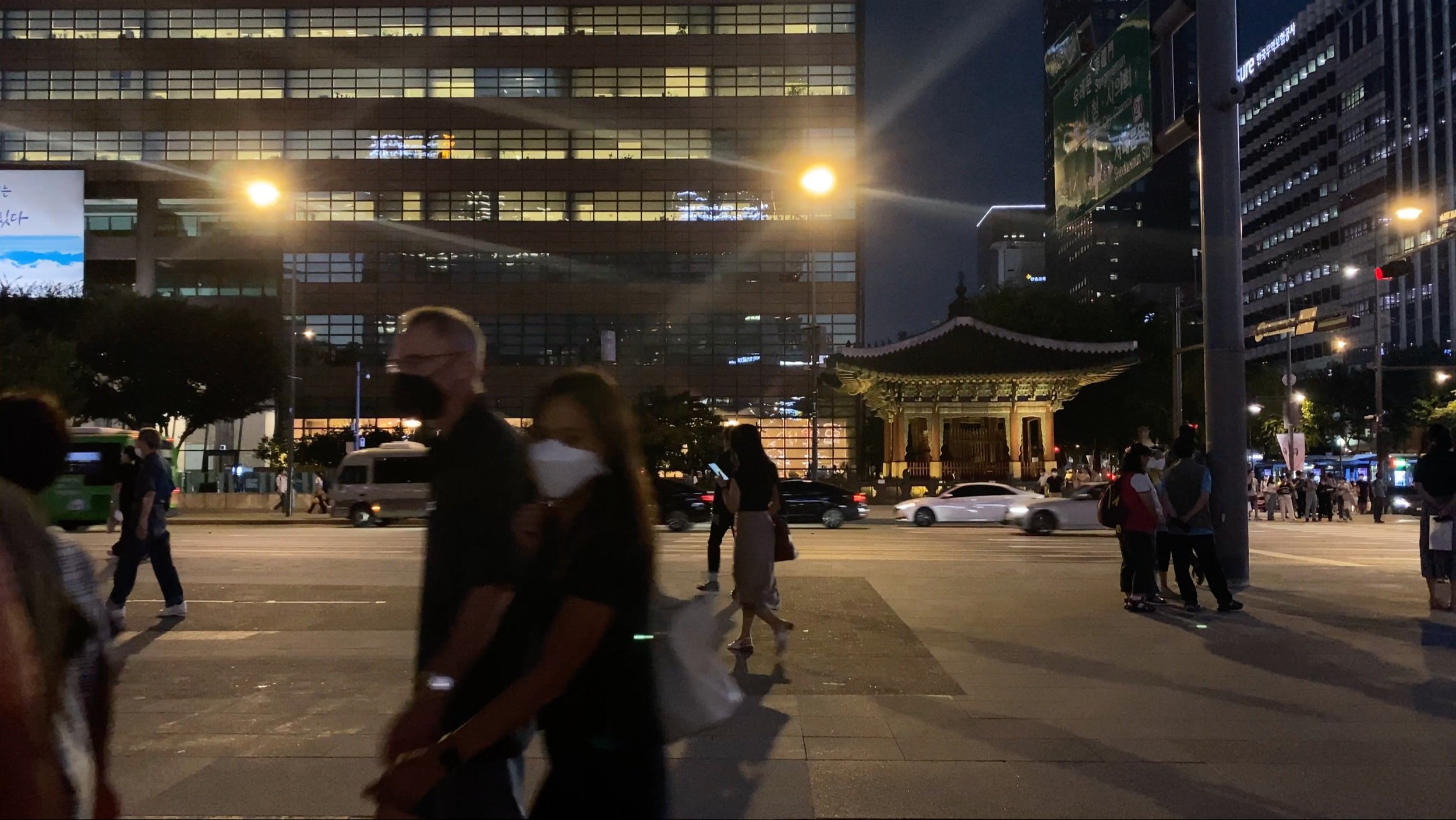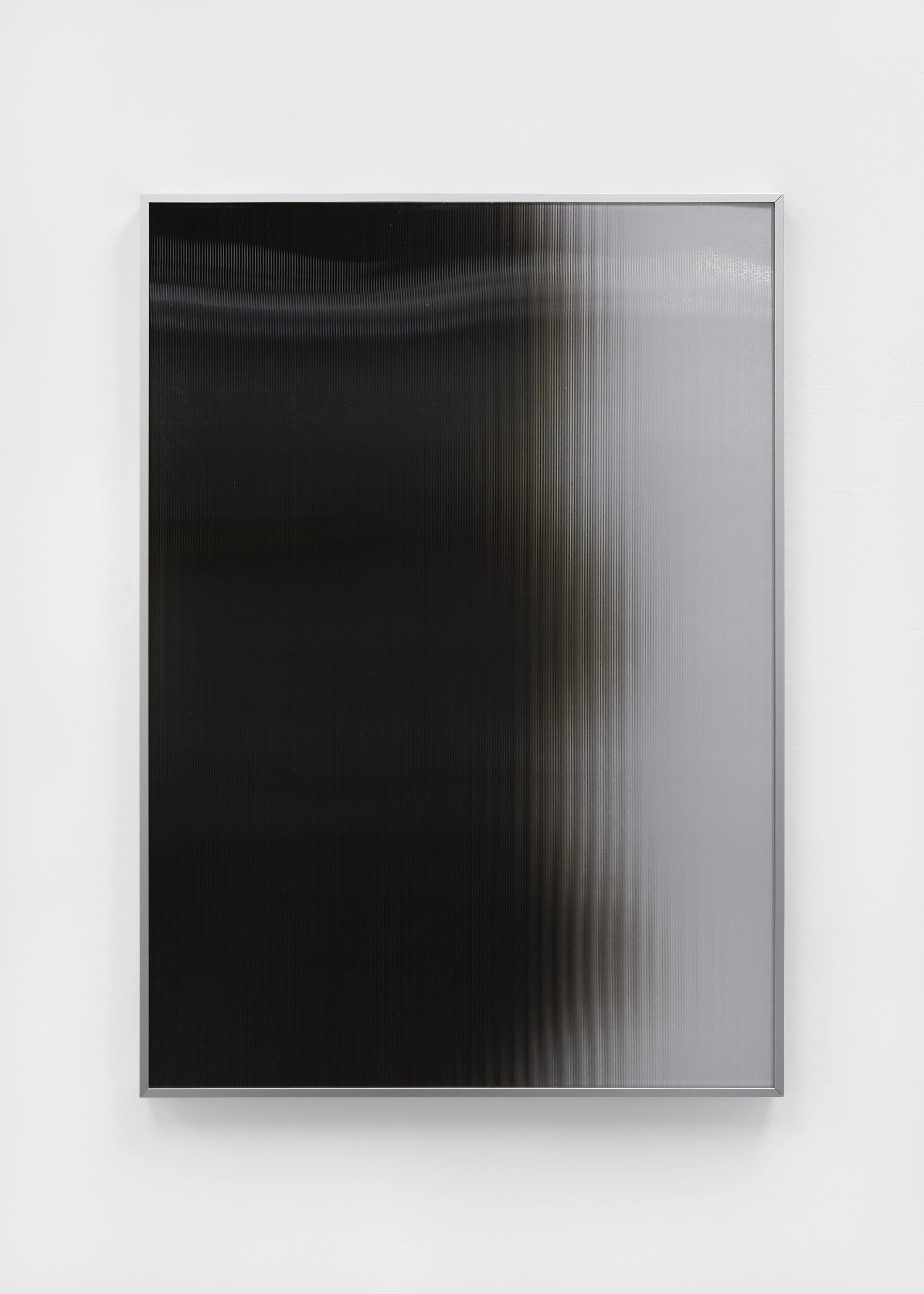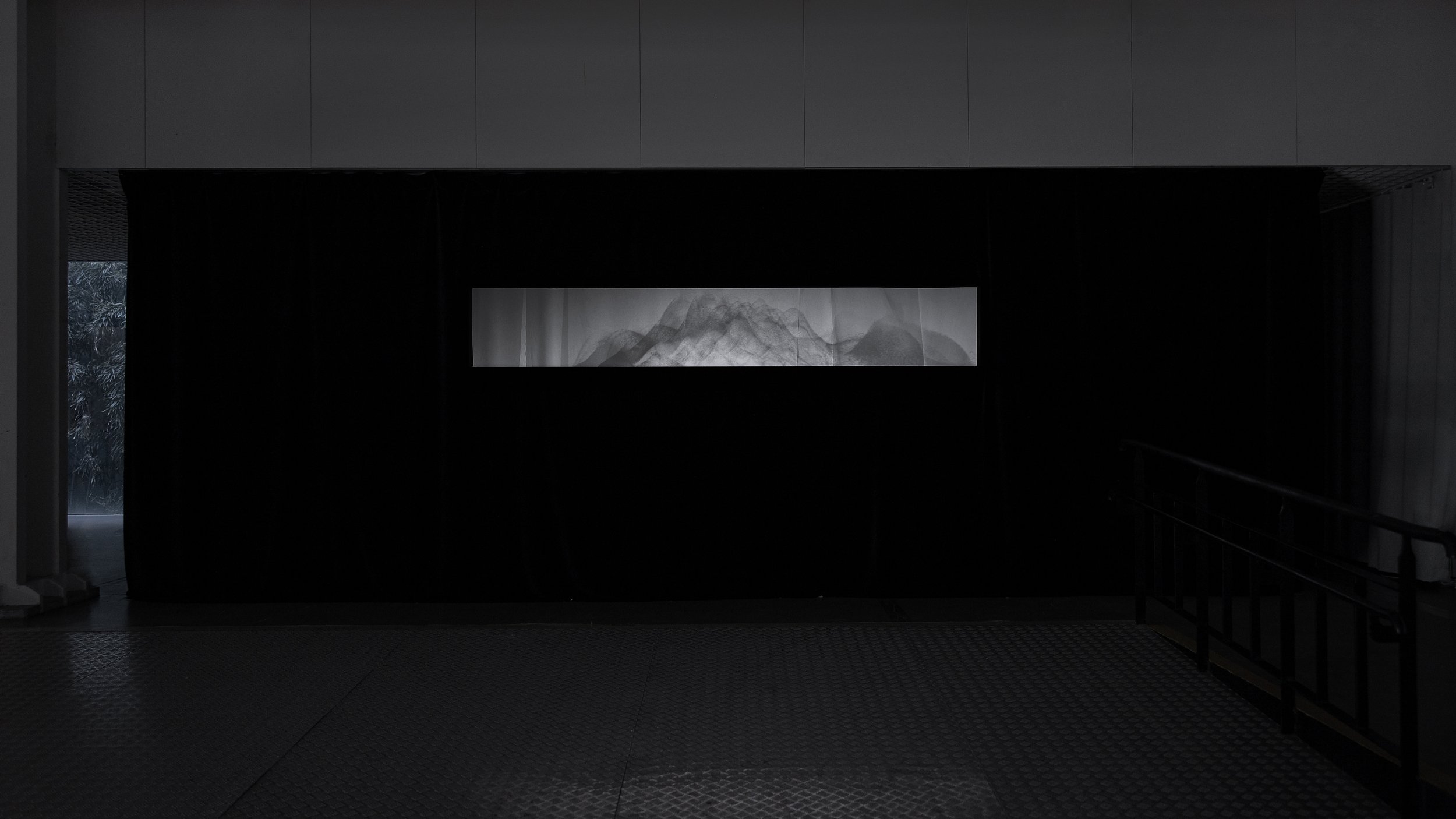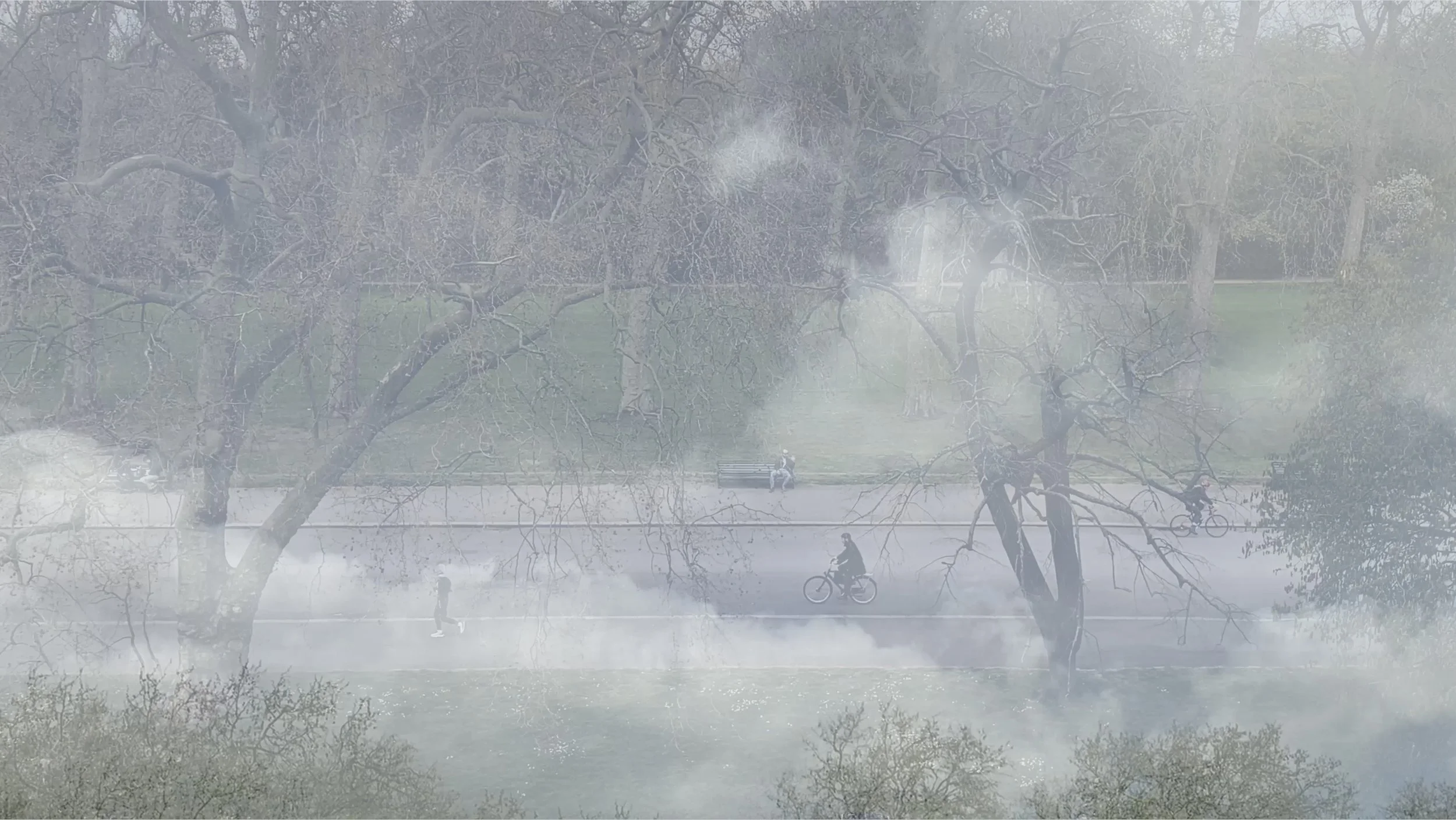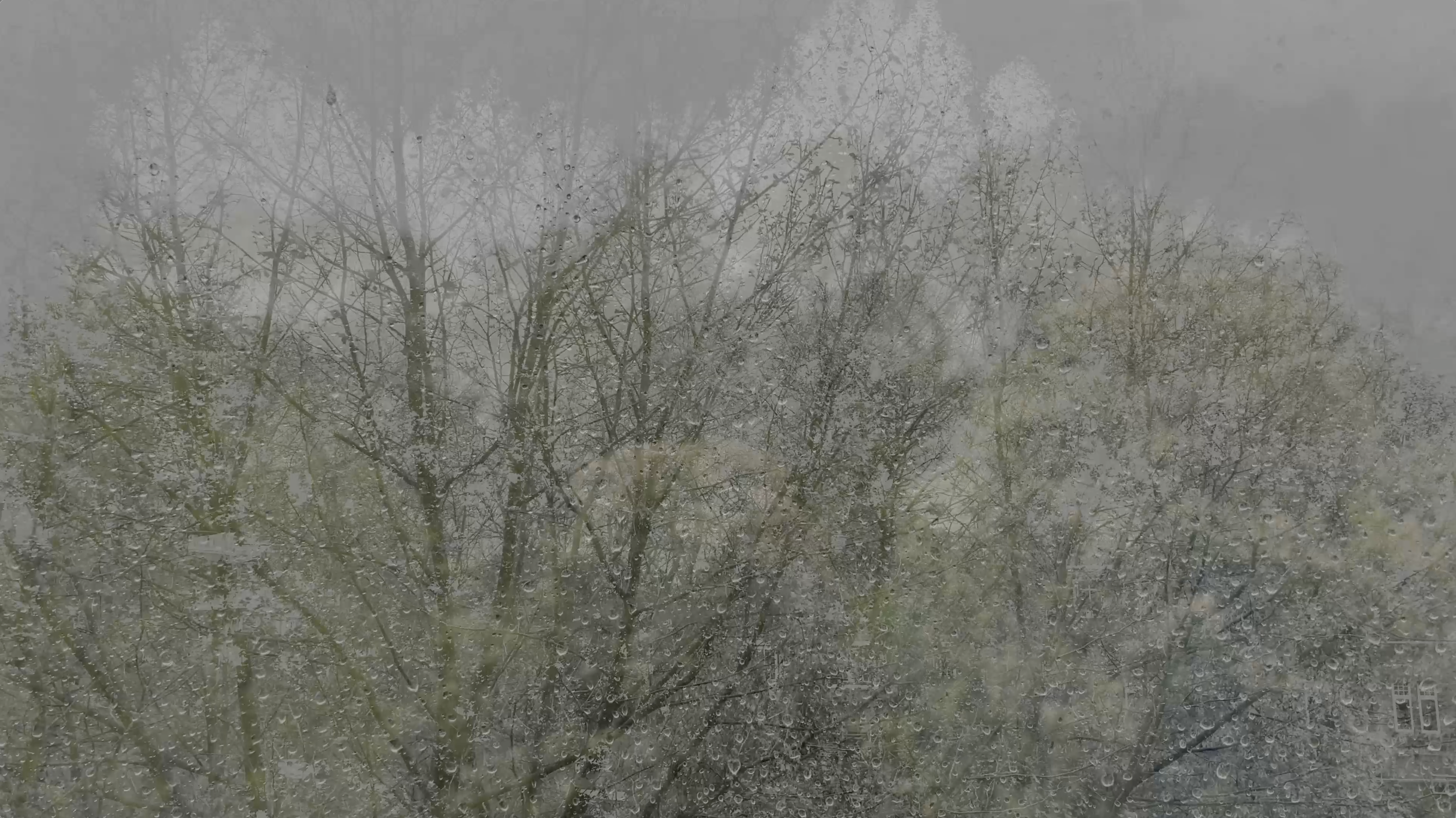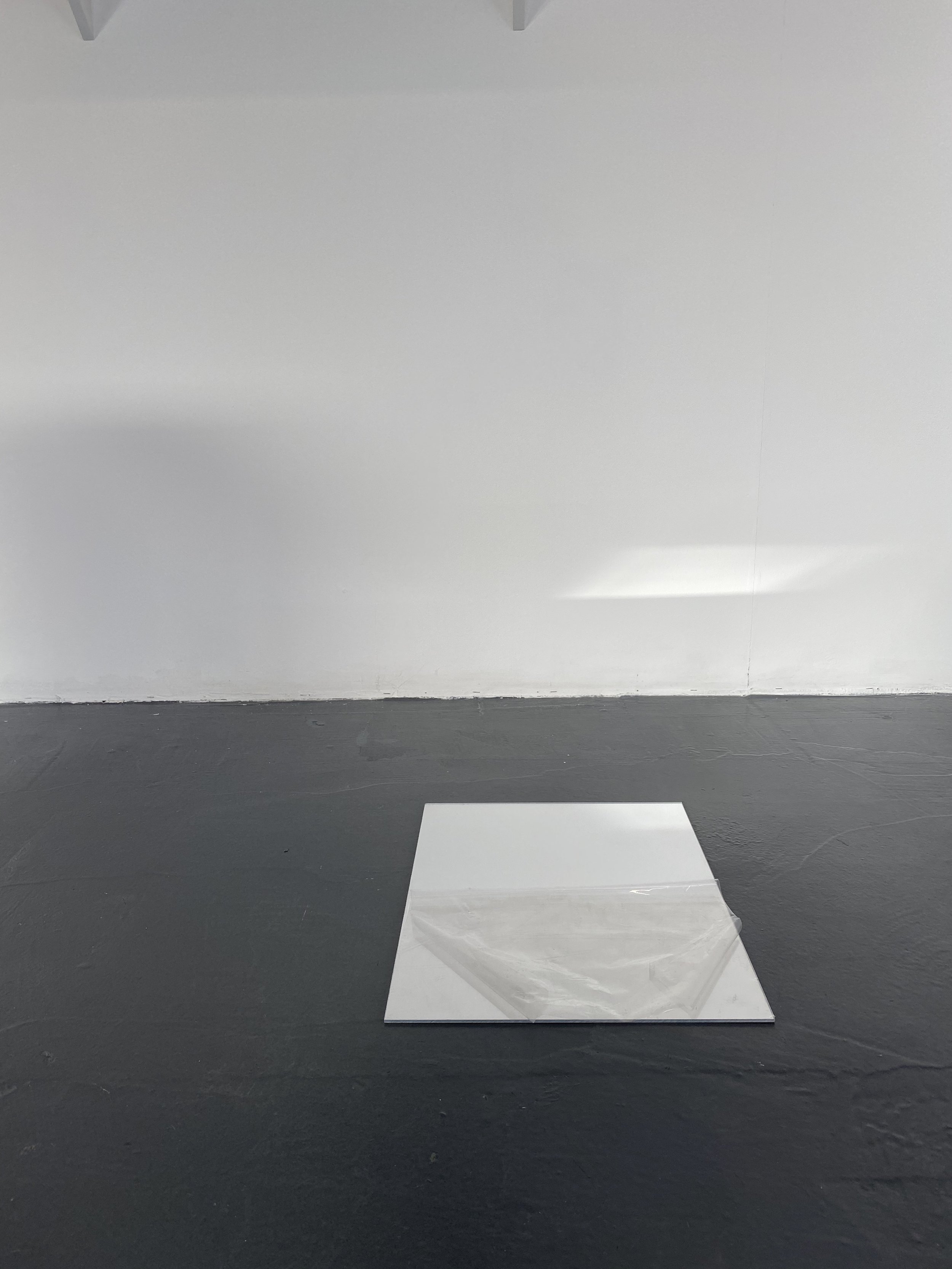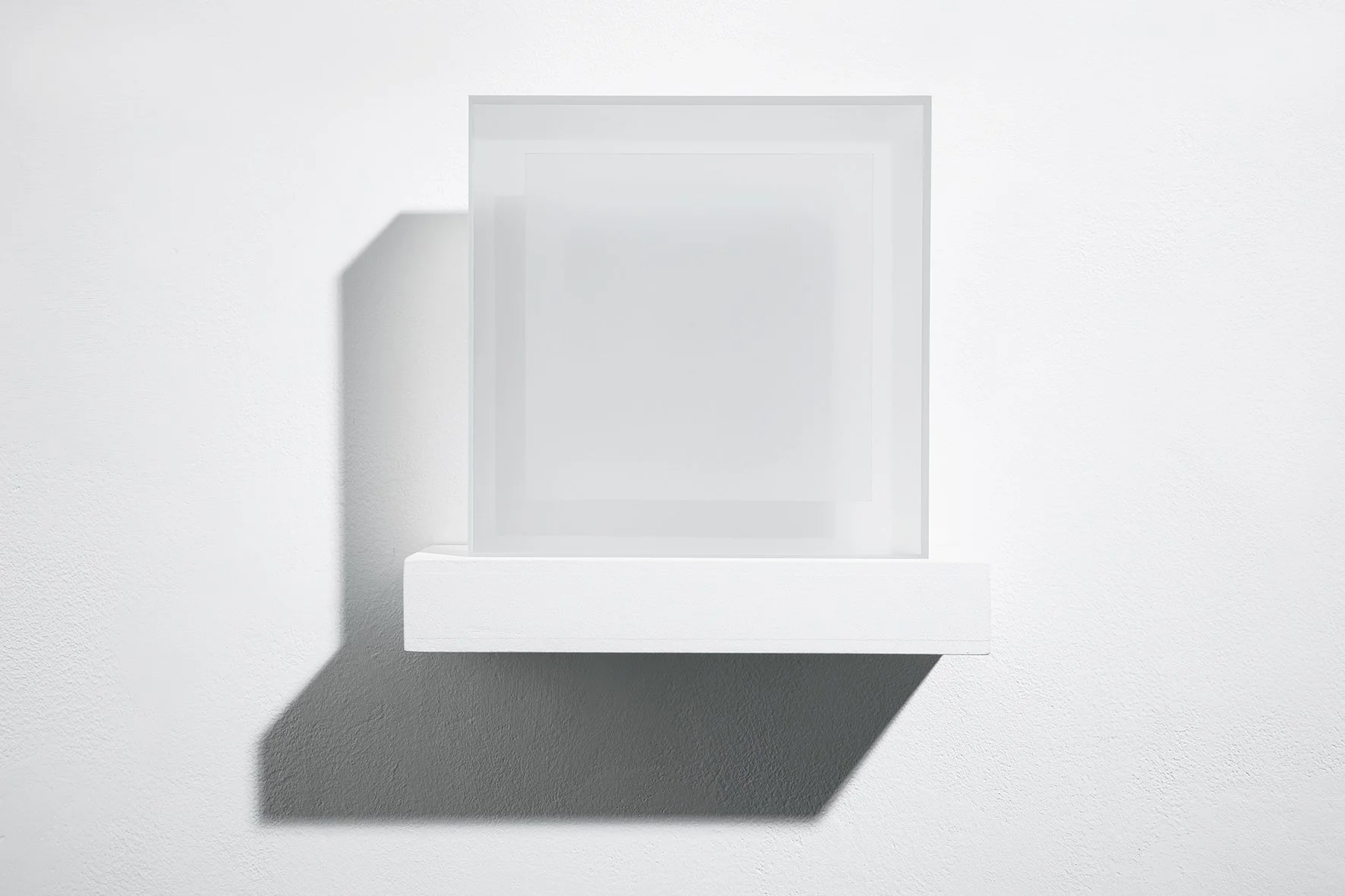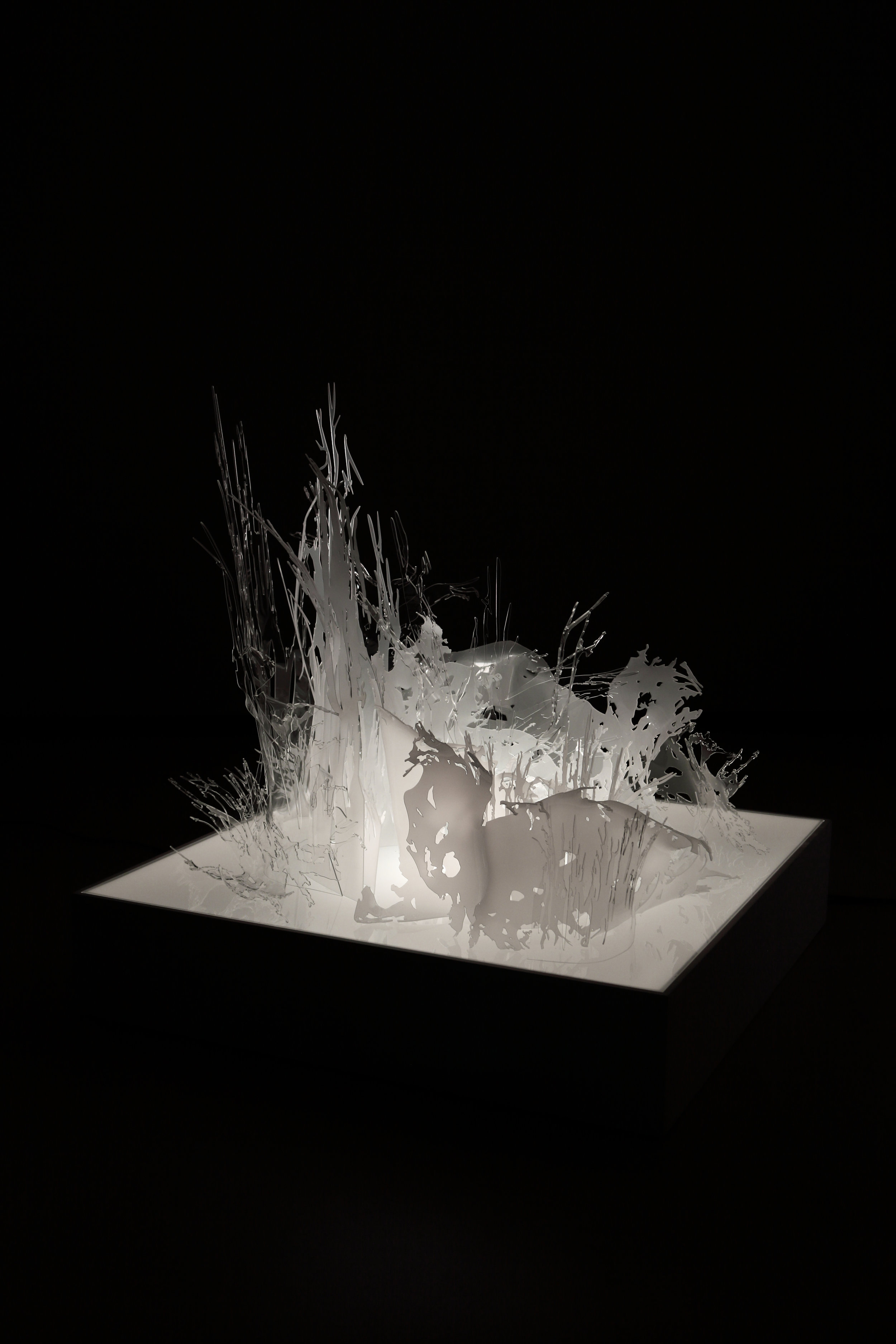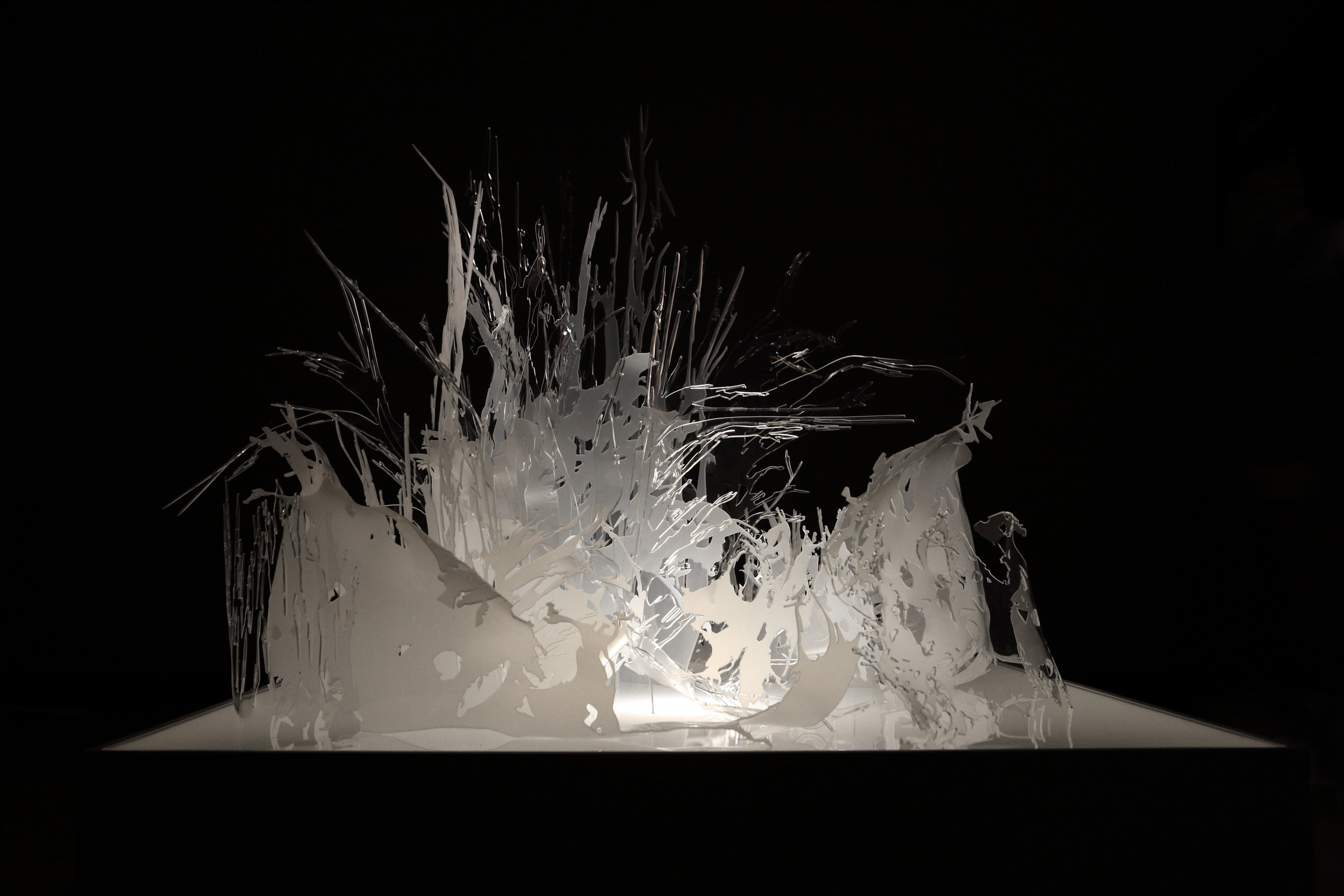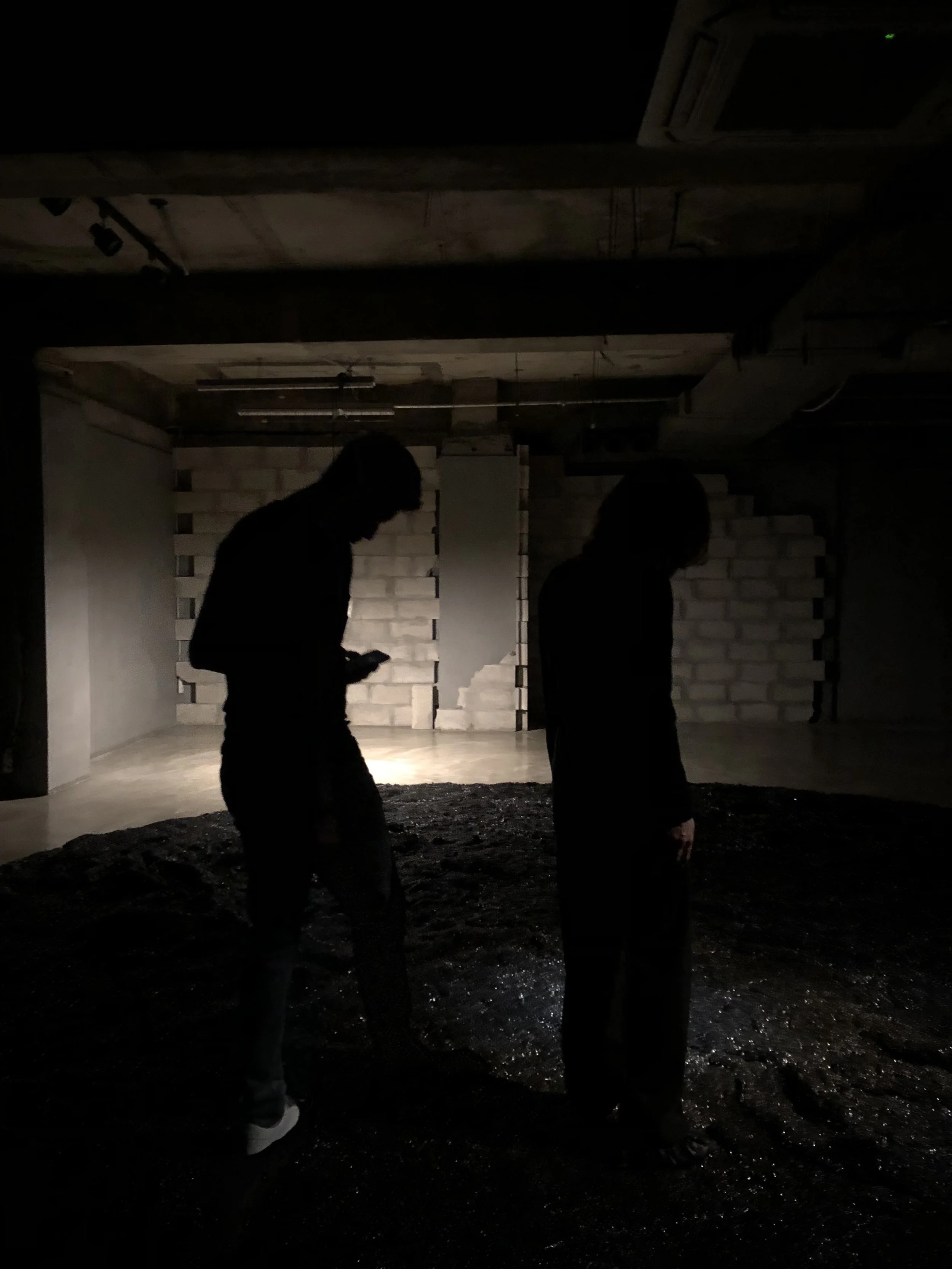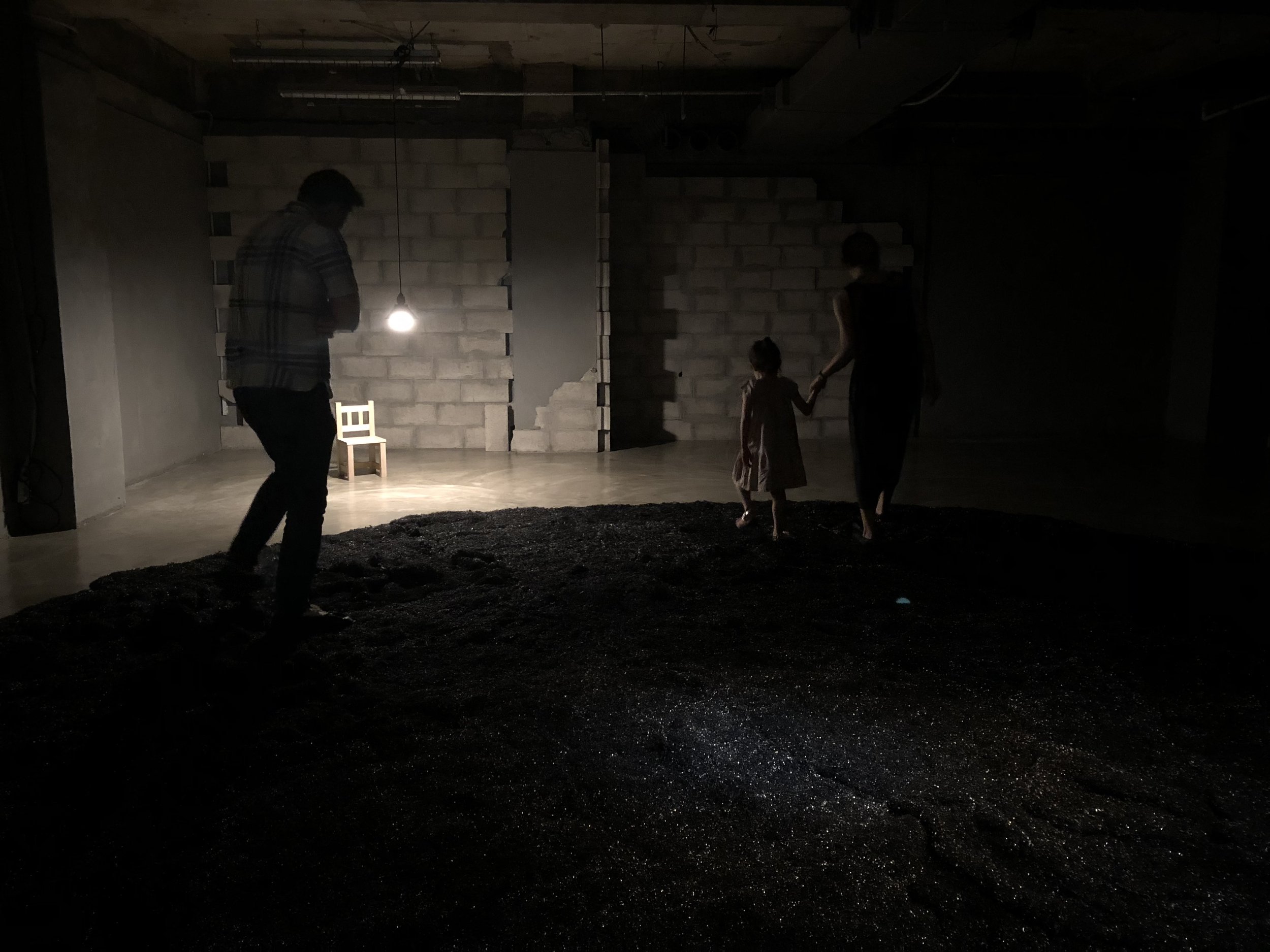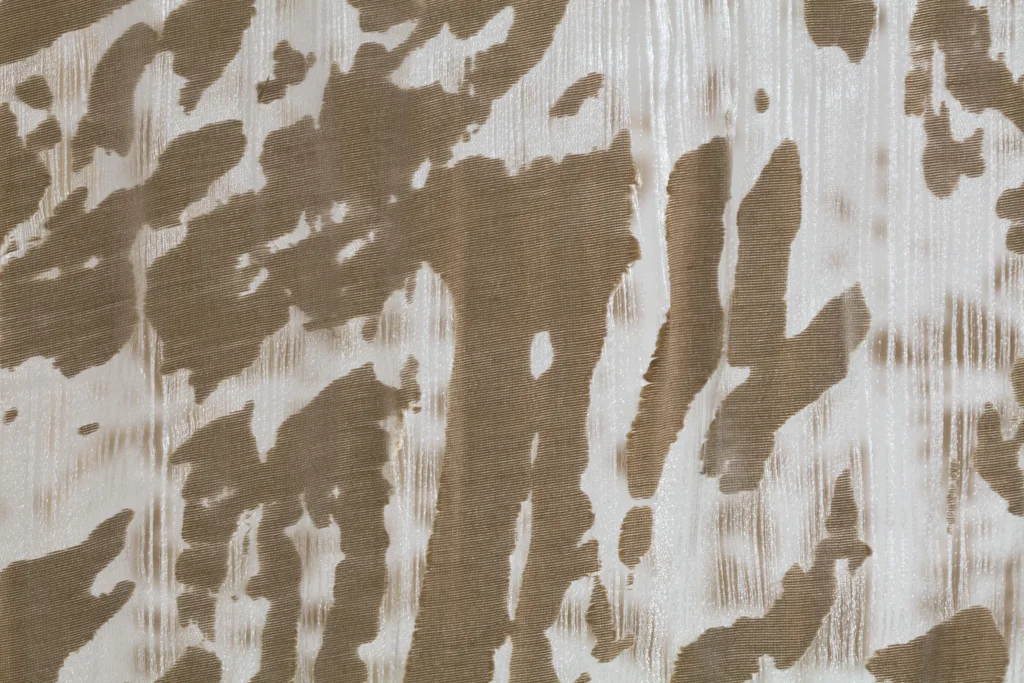2022, factory2, Seoul, South Korea
Real-time video segmentation, webcam, TV main board, computer, wifi-router, LED, barrisol, liquid crystal display, DMX controller, speaker, MDF, Plexiglas
Work Process Documentation🔗
A Vast in Z (2022) aims to manifest humanity’s ordinary nature: moving forward, physically, and metaphysically, travelling from A to Z, from nowhere to somewhere unknown. This project captures people walking down the street in real-time, and transforms their movements into a phenomenological shift of light and darkness in an enclosed space.
The live video capturing people moving down the street is processed using an Image Segmentation algorithm that separates figure from ground. The data of the masked human figure in each frame is translated into an analogous shadow, displayed on transparent media windows and light systems on the ceiling.
The ’window’ is a transparent medium made of liquid-crystal display (LCD) crafted from LED TV screens. Exploring the LCD, which operates by light transmission from a backlit source, I spatialized this system by replacing the LED panel with a light wall positioned at a distance. The LCD not only projects the graphics on to the screen, but also provides a quality of transparency, revealing any objects behind the surface that obscures the light source. Transcending the limitations of flat digital surfaces that display graphical representations in pixels, I aim to expand the representation into the physical periphery, immersing the viewer in a dynamic interplay of light and shadow. As figures pass by on the road, their transfigured shadow images on the screen are not only displayed as a graphical representation but also as metaphorical clouds, obscuring the sunlight behind, and thus bringing shifting light and darkness—transitions between day and night—into the room.
The manipulation of shadow figures in the artificially designed, empty white space of the installation is inspired by Marc Auge’s concept of ‘non-place’, which refers to today’s new form of solitude characterised by a proliferation of anthropological spaces of transience, where human beings remain anonymous. I seek to highlight the fleeting virtue of relationality, intimately connected to identity at both the societal and individual level, in capturing the speed and directional energy of these people simply passing by.
*Supported and sponsored by Arts Council Korea (ARKO) Art&Tech Platform
Acknowledgements:
Data visualization: Kohui
Data transmission: Hyunchul Kim
Sound design: Kyuchul Moon
Documentation: Hyunseok Lee

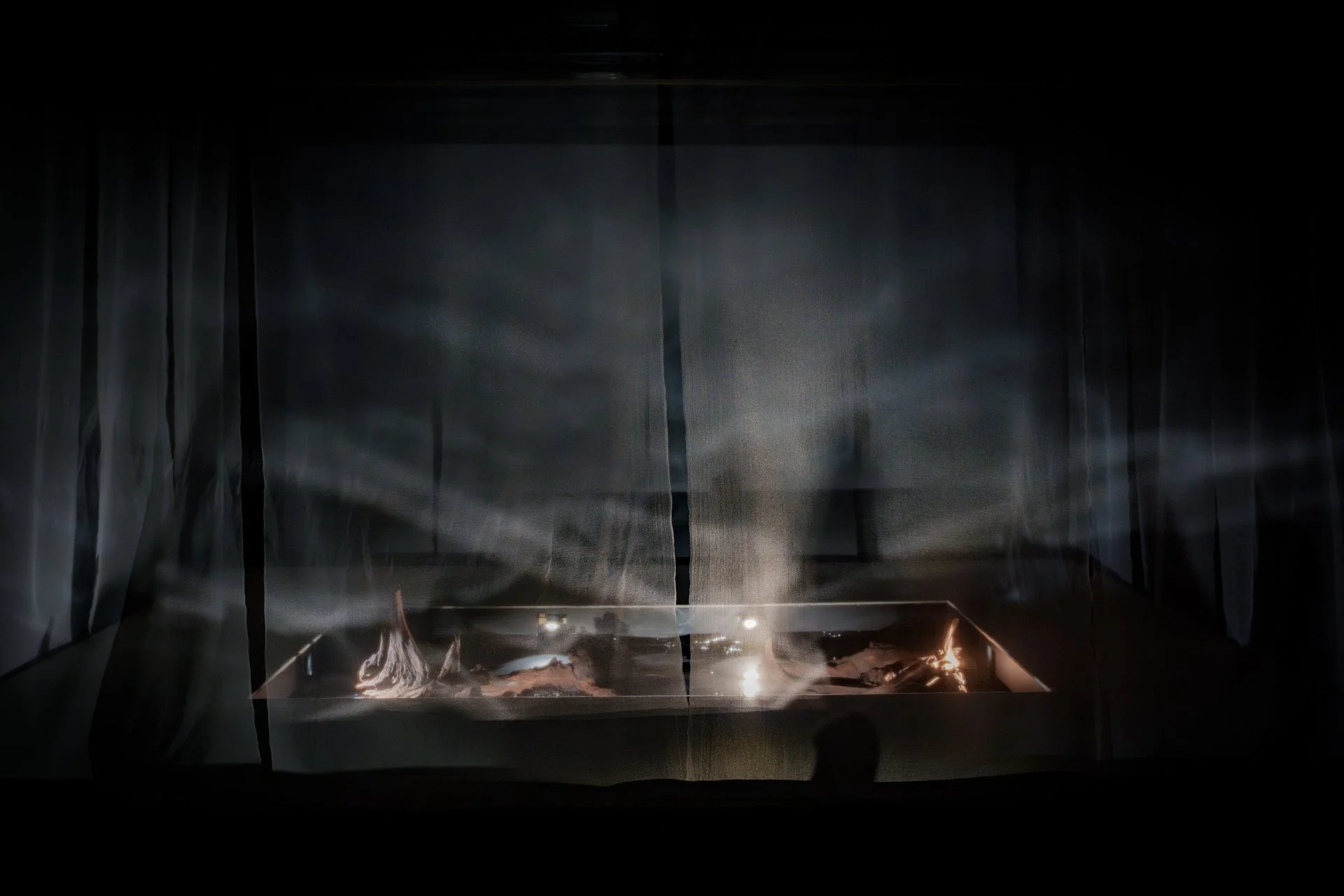

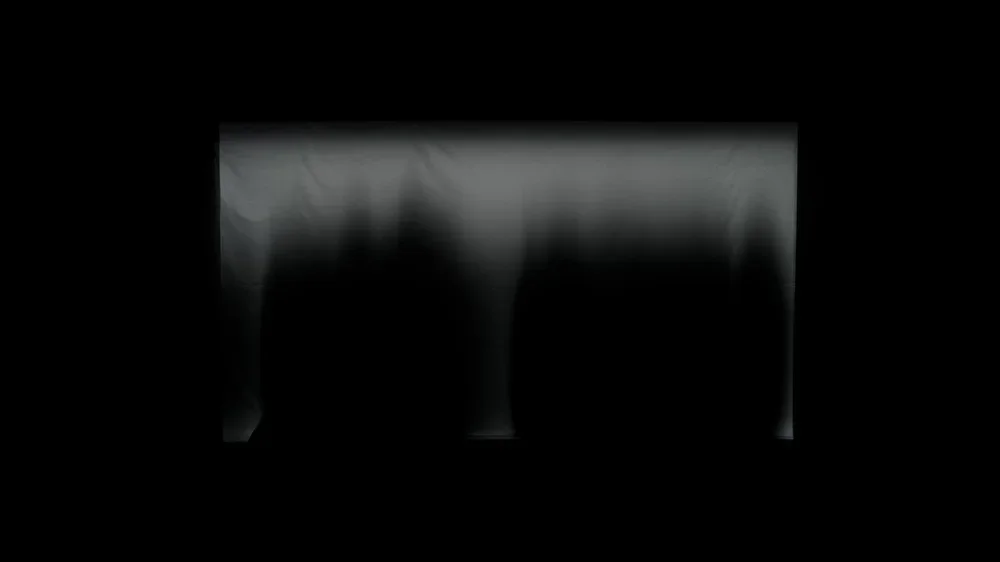
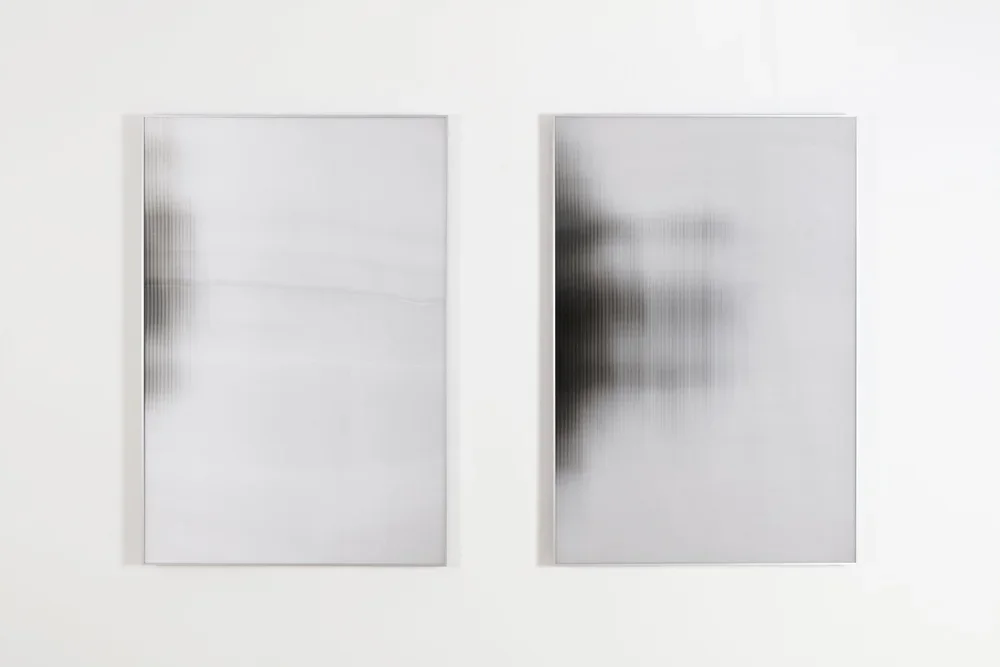

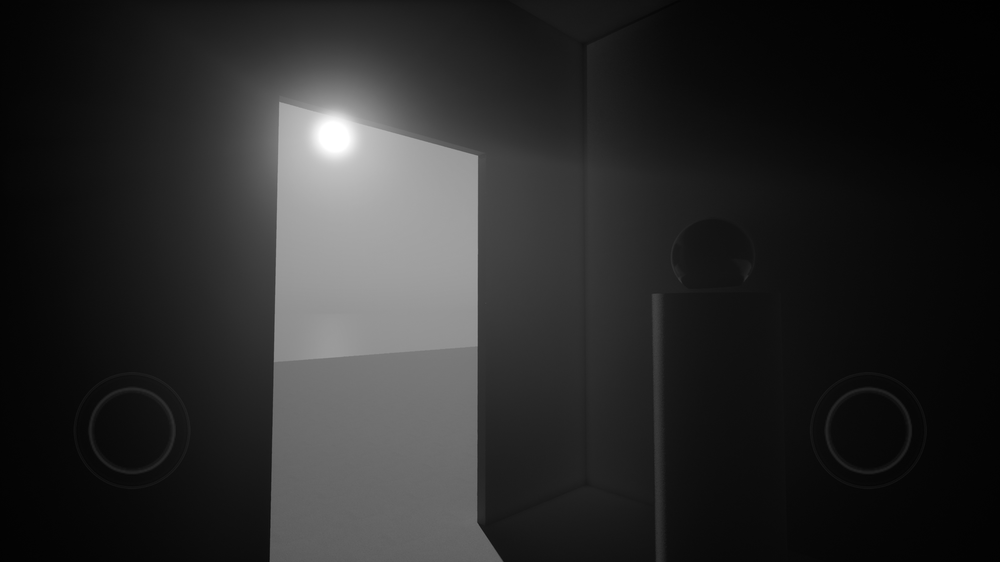

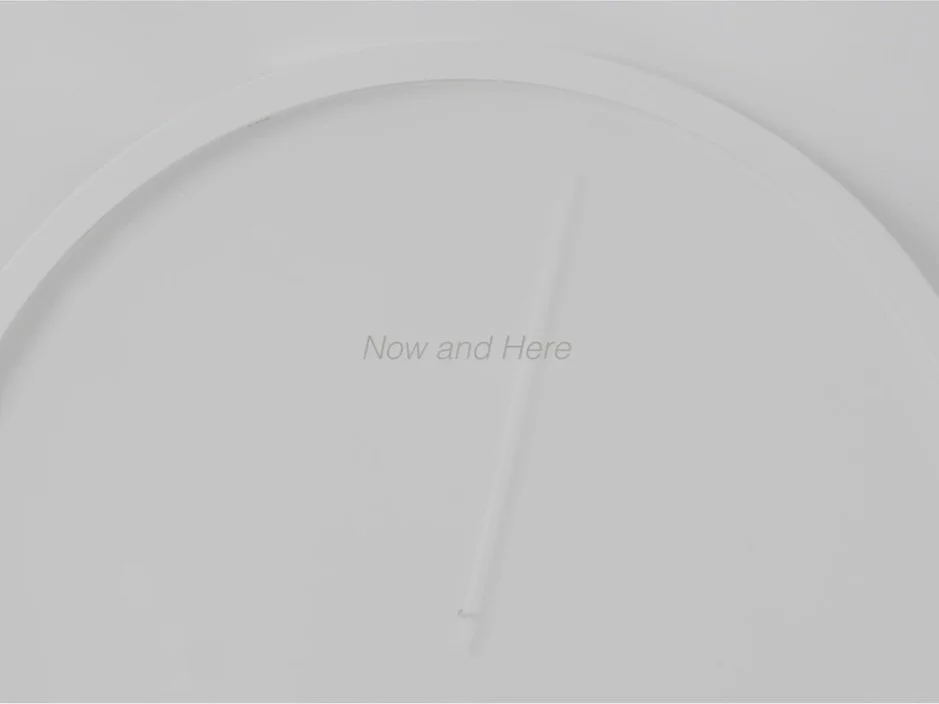
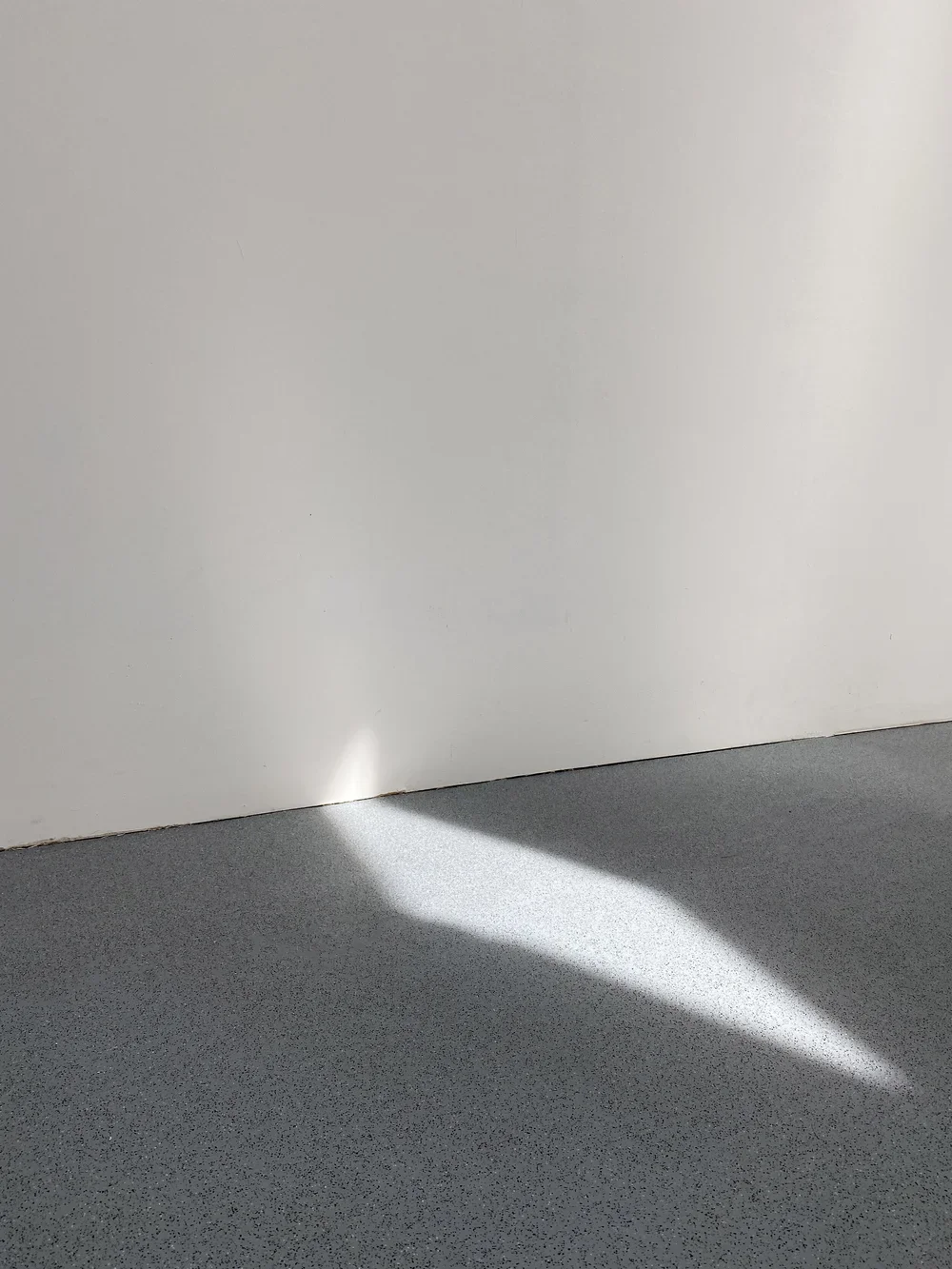





















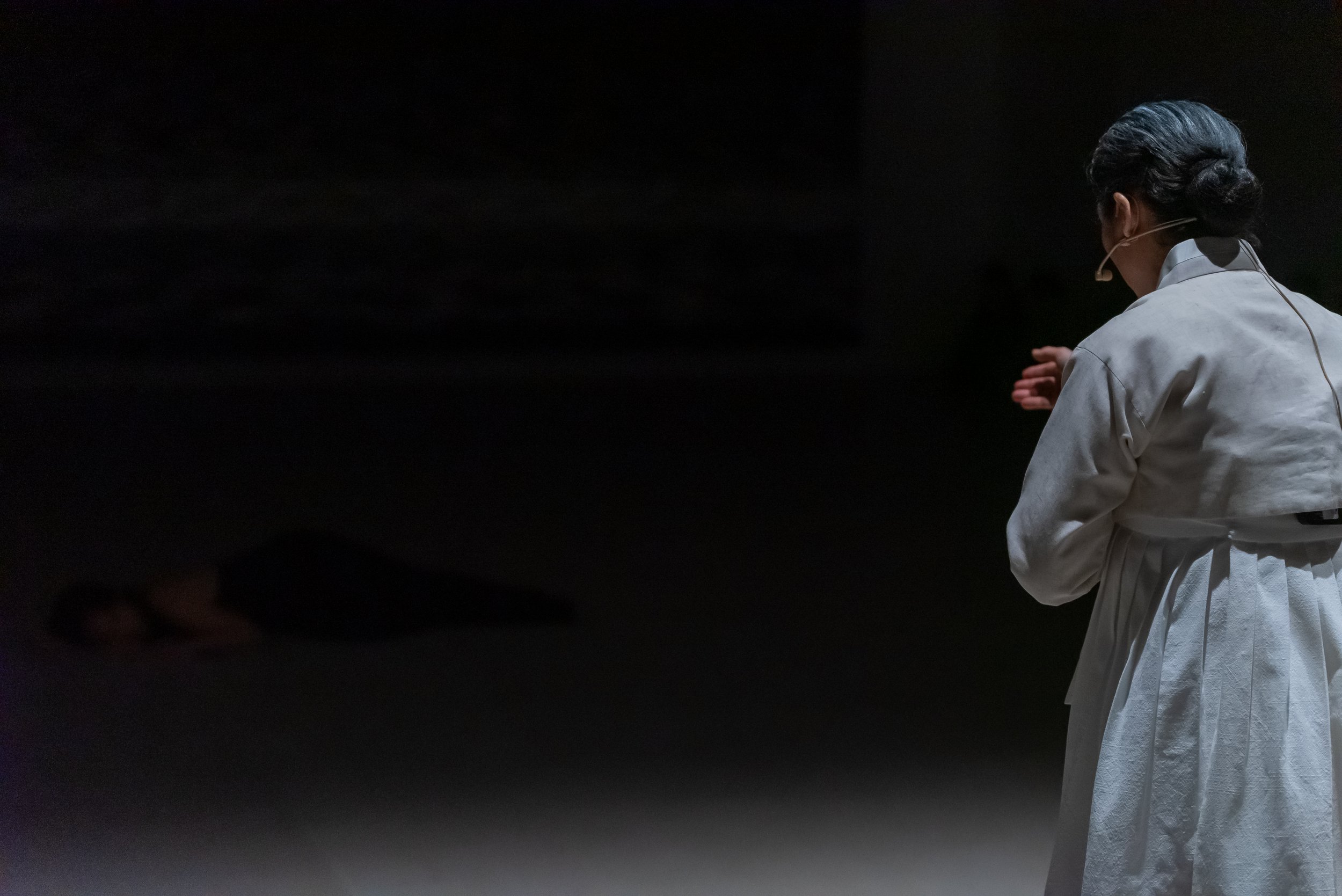





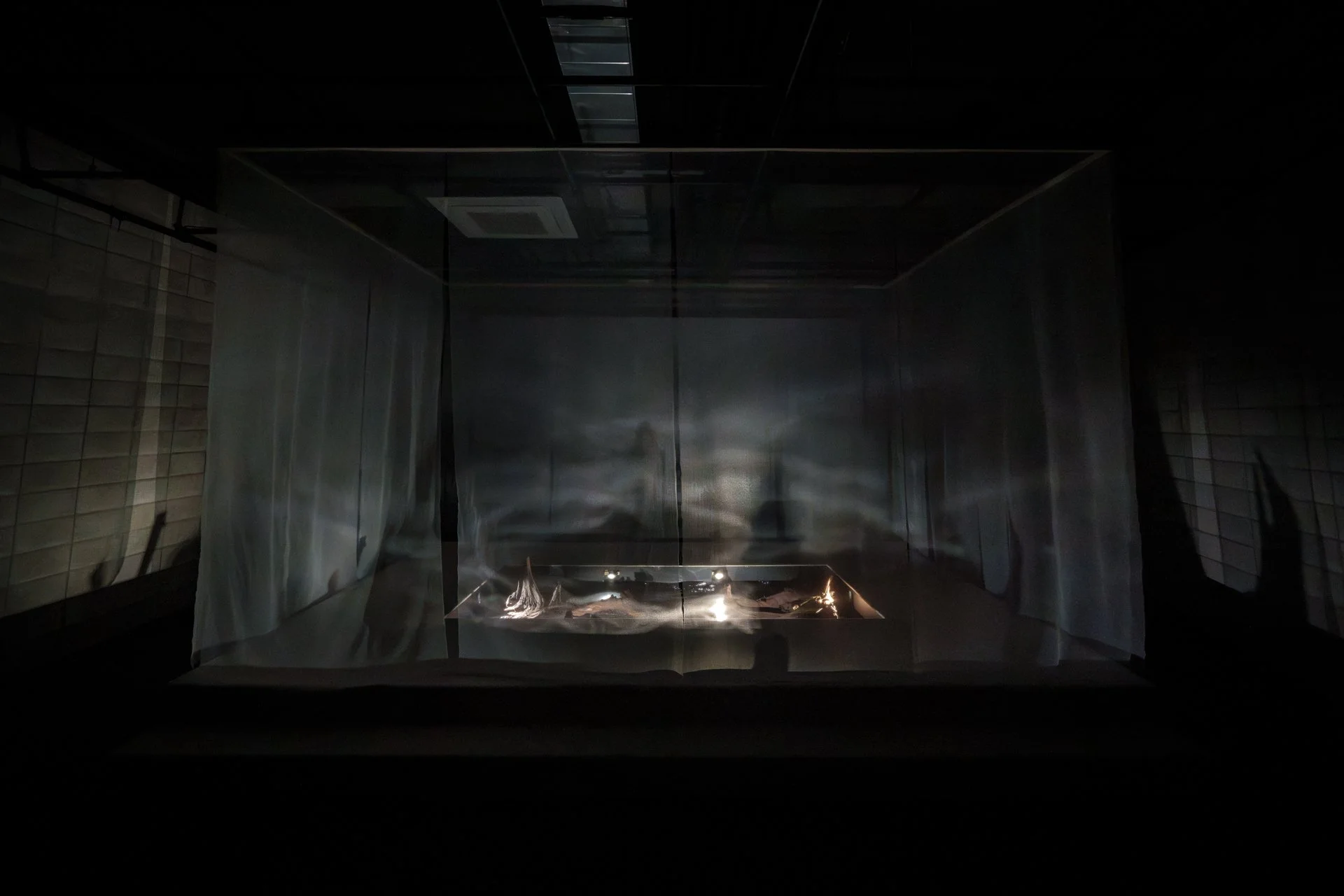
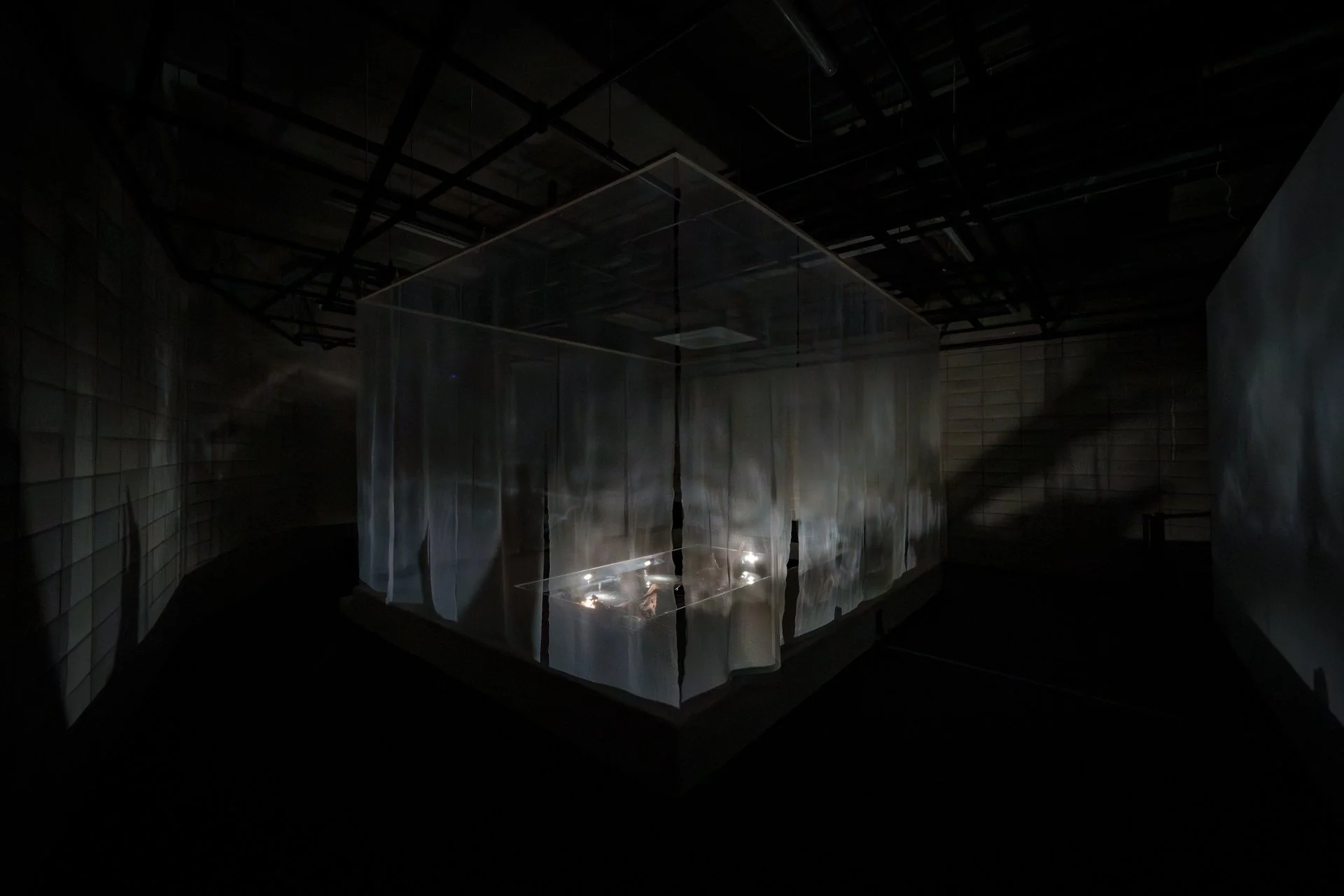
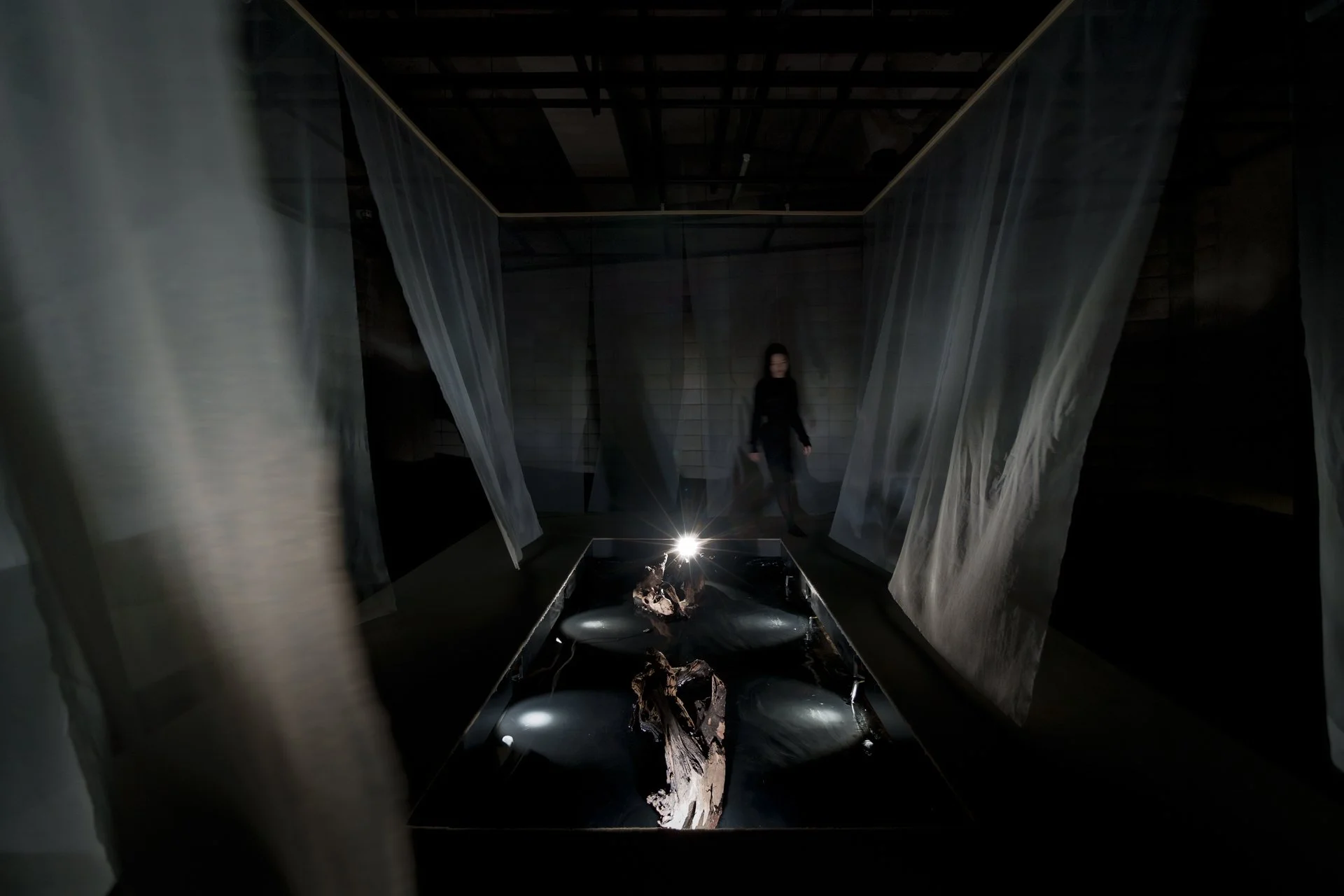

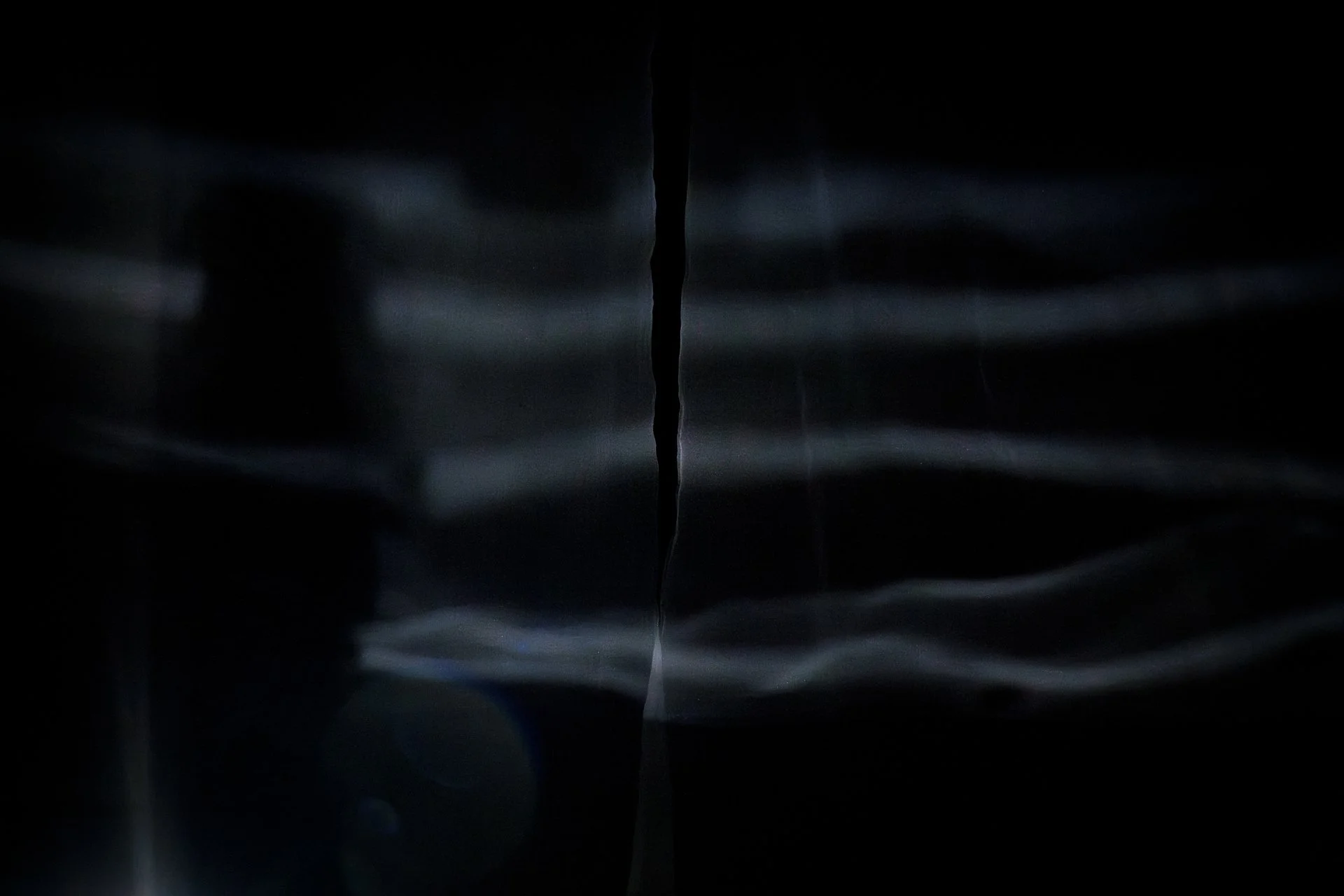





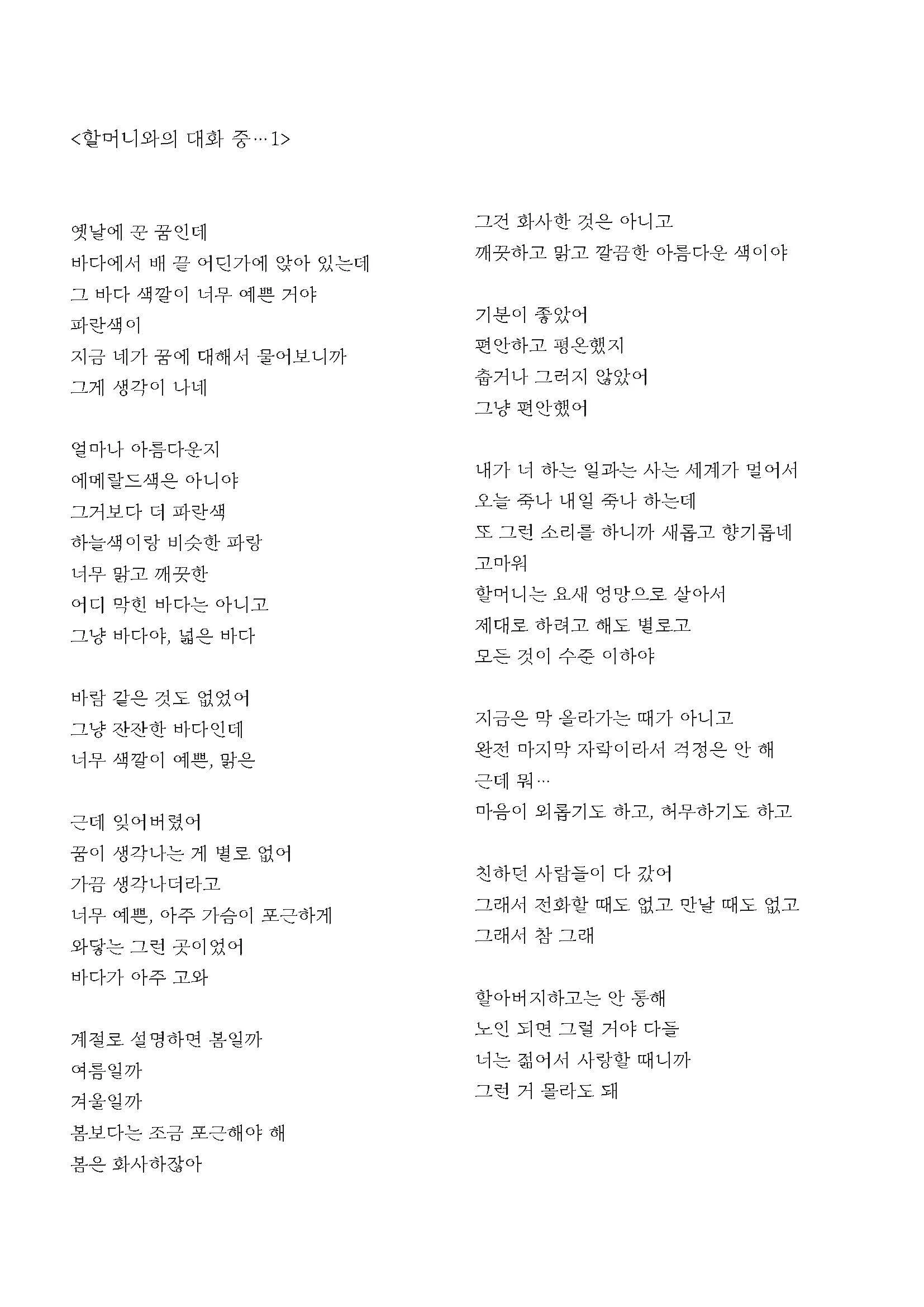
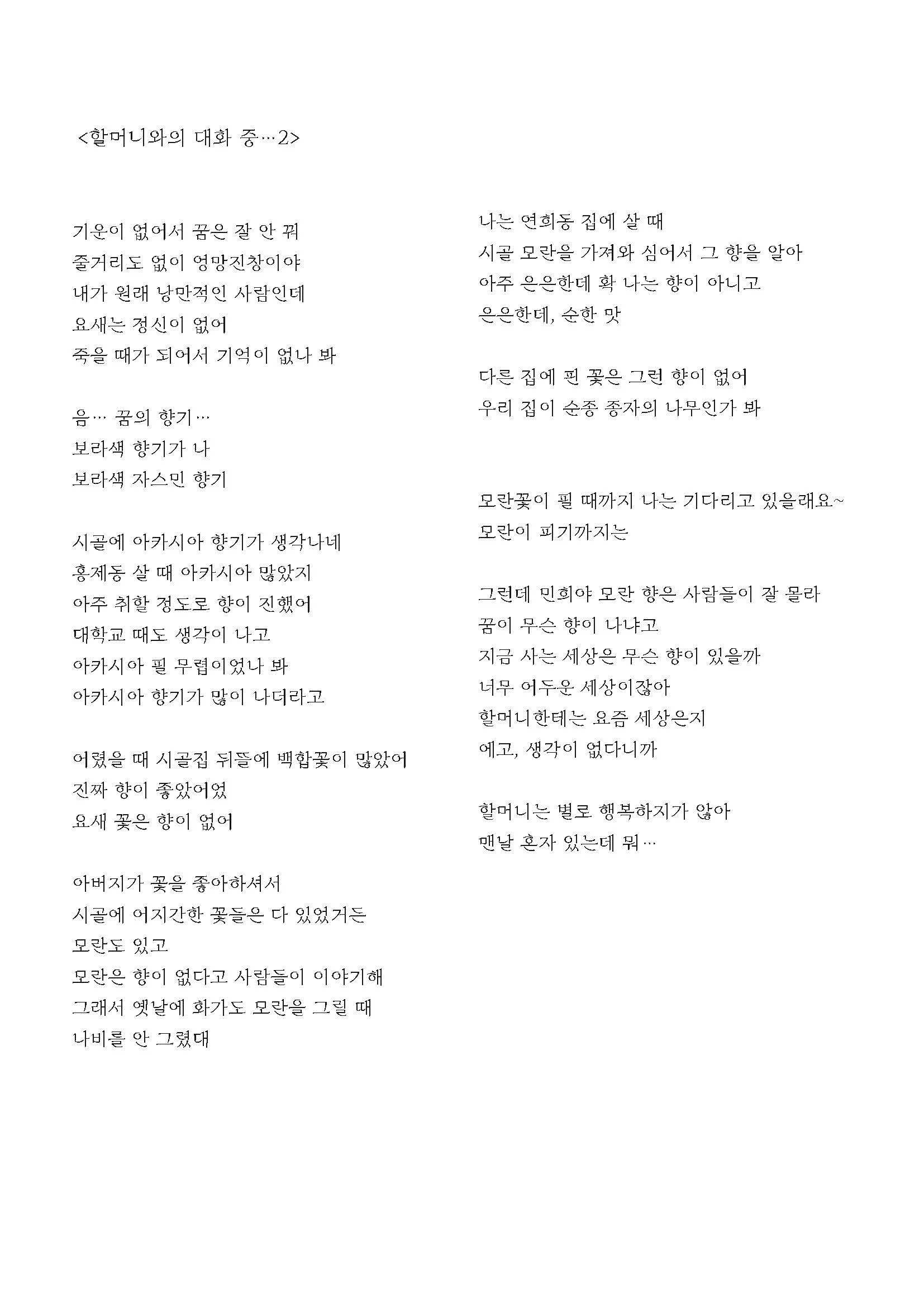
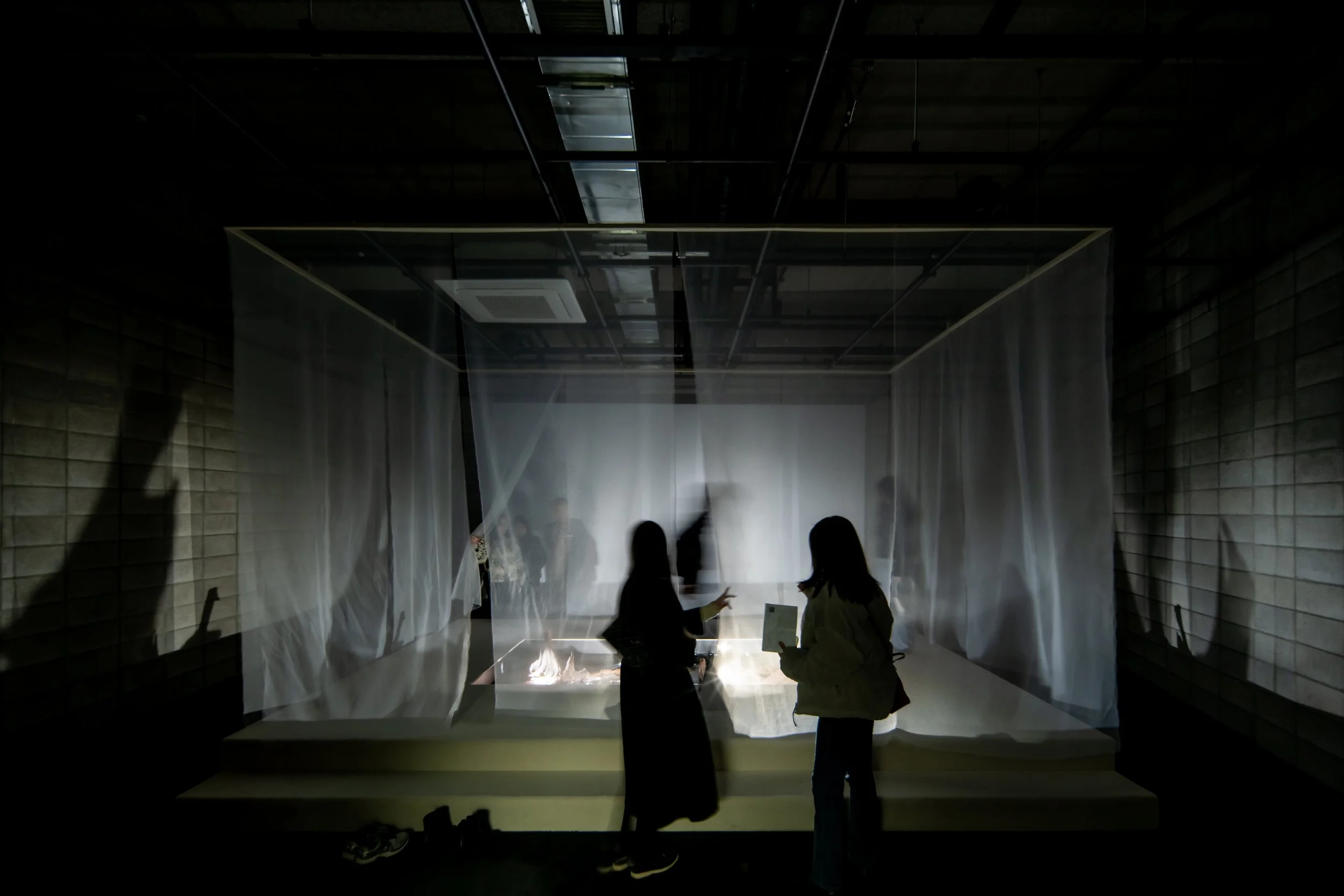












![03 [Factory2] _A Vast in Z__강민희.00_28_08_10.Still118edit copy.jpg](https://images.squarespace-cdn.com/content/v1/55626c50e4b0658666c8420f/1695393791164-DCLL5AUOT8MSH8KTR8OB/03+%5BFactory2%5D+_A+Vast+in+Z__%E1%84%80%E1%85%A1%E1%86%BC%E1%84%86%E1%85%B5%E1%86%AB%E1%84%92%E1%85%B4.00_28_08_10.Still118edit+copy.jpg)















![03 [Factory2] _A Vast in Z__강민희.00_13_14_03.Still084.jpg](https://images.squarespace-cdn.com/content/v1/55626c50e4b0658666c8420f/1695396411784-8XZ5XK6NPNOCM5011AIQ/03+%5BFactory2%5D+_A+Vast+in+Z__%E1%84%80%E1%85%A1%E1%86%BC%E1%84%86%E1%85%B5%E1%86%AB%E1%84%92%E1%85%B4.00_13_14_03.Still084.jpg)
![03 [Factory2] _A Vast in Z__강민희.00_13_15_15.Still085.jpg](https://images.squarespace-cdn.com/content/v1/55626c50e4b0658666c8420f/1695396454420-FQBQQ63JDV34WP6HDM59/03+%5BFactory2%5D+_A+Vast+in+Z__%E1%84%80%E1%85%A1%E1%86%BC%E1%84%86%E1%85%B5%E1%86%AB%E1%84%92%E1%85%B4.00_13_15_15.Still085.jpg)
![03 [Factory2] _A Vast in Z__강민희.00_13_16_05.Still087.jpg](https://images.squarespace-cdn.com/content/v1/55626c50e4b0658666c8420f/1695396465627-KD4JWPYX3VMI31EQ425K/03+%5BFactory2%5D+_A+Vast+in+Z__%E1%84%80%E1%85%A1%E1%86%BC%E1%84%86%E1%85%B5%E1%86%AB%E1%84%92%E1%85%B4.00_13_16_05.Still087.jpg)







